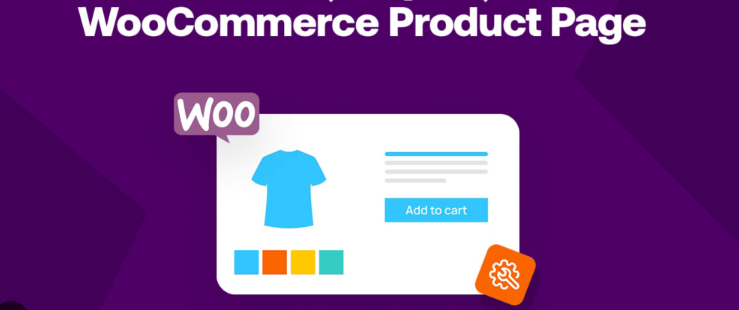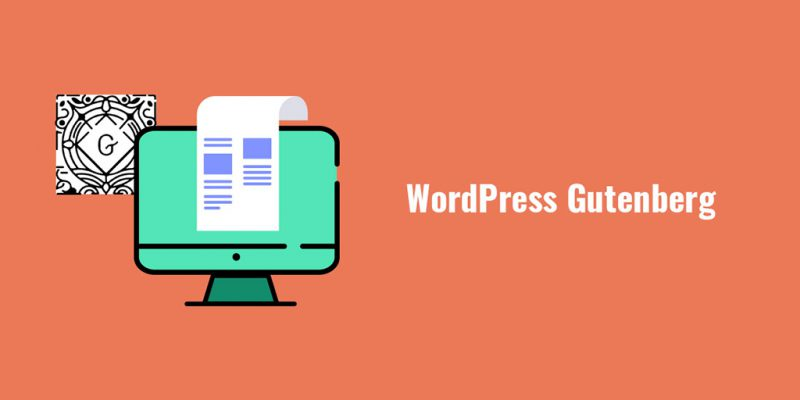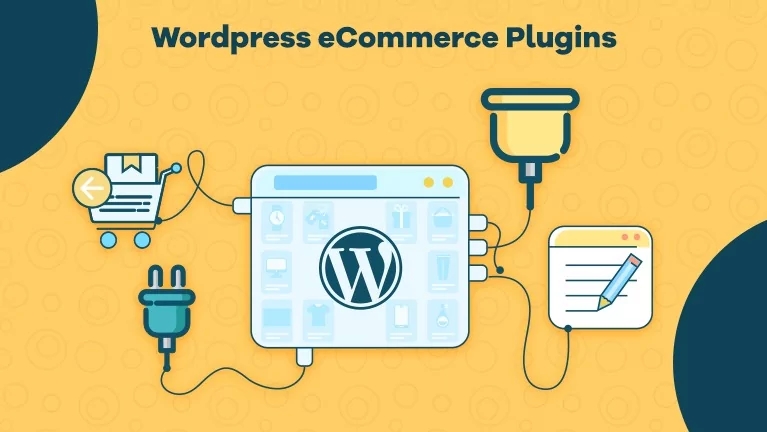In the e-commerce world, page load speed directly affects user experience, conversion rates and search rankings.WooCommerceStores are easy to lag without optimization. In this article, we start from the basic settings, step by step to improve the loading speed and create a smooth shopping experience.
![Image[1]-WooCommerce How to activate and increase the page load speed of your store: a comprehensive optimization guide](http://gqxi.cn/wp-content/uploads/2025/06/20250612145613553-image.png)
Activate the WooCommerce Plugin
To use the e-commerce features offered by WooCommerce, you first need to install and activate the plugin:
- log in WordPress the area behind a theatrical stage
- Click [Plugin] > [Add Plugin] and search for "WooCommerce".
- Click [Install Now] and then [Enable].
![Image [2]-WooCommerce How to activate and increase the page load speed of your store: a comprehensive optimization guide](http://gqxi.cn/wp-content/uploads/2025/06/20250611153949477-image.png)
Once enabled, the system will guide to complete the initial settings, including currency, product type, payment method and so on. Once completed, the WooCommerce store feature is officially enabled.
Second, choose the host with fast speed and good performance
The first step to make your website load faster is to choose the right server. It is recommended to consider these aspects:
- Cloud Hosting with SSDIt's much faster than the old mechanical hard drive mainframes.
- Enable the HTTP/2 protocol and use thePHP Version 8.0 and aboveThis makes page content delivery more efficient
- Select a server that supports caching(such as LiteSpeed or NGINX), which reduces stress on the system and runs smoother
![Image [3] - WooCommerce How to activate and increase the page load speed of your store: a comprehensive optimization guide](http://gqxi.cn/wp-content/uploads/2025/06/20250612150905759-image.png)
If your budget allows, it is recommended to choose a host that specializes in WooCommerce support, or some reputable hosting providers such as SiteGroundThey can give your site a noticeable boost in speed and stability.
III. Enabling the caching mechanism
caching technologyAllows visitors to repeat pages without having to reload all resources each time.
Page Cache Plugin Recommendations
- LiteSpeed Cache (for LiteSpeed hosts)
![Image [4] - WooCommerce How to activate and increase page load speed in your store: a comprehensive optimization guide](http://gqxi.cn/wp-content/uploads/2025/06/20250612150818446-image.png)
- WP Super Cache(Lightweight and efficient for beginners)
![Image [5]-WooCommerce How to activate and increase the page load speed of your store: a comprehensive optimization guide](http://gqxi.cn/wp-content/uploads/2025/06/20250612151040475-image.png)
- W3 Total Cache(Powerful features for advanced users)
![Image [6]-WooCommerce How to activate and increase the page load speed of your store: a comprehensive optimization guide](http://gqxi.cn/wp-content/uploads/2025/06/20250612151103339-image.png)
These plugins enable page caching, browser caching, object caching, and more.
CDN network acceleration
Using CDNs (e.g. Cloudflare, BunnyCDN) can distribute static resources to global servers, reducing latency and improving overseas access speed.
IV. Image and media optimization
WooCommerce stores often contain a large number of product images, which can slow down loading if not optimized:
![Image [7]-WooCommerce How to activate and increase the page load speed of your store: a comprehensive optimization guide](http://gqxi.cn/wp-content/uploads/2025/06/20250612151558937-image.png)
- Compresses the image into WebP specification
- Control the size of the product image (recommended maximum width is no more than 1200px)
- Use an image optimization plugin such as Smush,ShortPixel,Imagify
Lazy load can be enabled to avoid loading all images at once.
V. Reduce the number of plug-ins and control resource loading
Too many plug-ins may lead to resource redundancy, conflicts, or performance degradation:
- Keep only essential plug-ins, remove plug-ins that are not enabled or no longer in use
- Finding slow-loading components with performance monitoring plugins like Query Monitor
- connect multiple CSS and JS File merging, compression (supported by most caching plugins)
VI. Optimizing the database structure
The WooCommerce database expands as orders, reviews, etc. grow, and should be cleaned up and optimized on a regular basis:
- Using plug-ins WP-Optimize or Advanced Database Cleaner to clean up revisions, spam comments, temporary data
- Setting up automatic optimization of scheduled tasks
- Avoid database table fragmentation
VII. Enable object caching (Object Cache)
WooCommerce queries are complex and rely on a large number of data calls, enabling object caching can speed up query efficiency:
![Image [8]-WooCommerce How to activate and increase page load speed in your store: a comprehensive optimization guide](http://gqxi.cn/wp-content/uploads/2025/06/20250612152751291-image.png)
- Redis or Memcached is recommended
- Most hosts offer Redis support, which can be integrated through plugins such as Redis Object Cache.
Eight, choose a lightweight theme and front-end optimization
- Use WooCommerce compatible and well optimized themes like Astra,GeneratePressStorefront
- Remove Unused CSS/JS Resources
- Utilizing front-end delayed loading (e.g. JavaScript (Asynchronous loading) Boost initial speed
IX. Monitoring and continuous optimization
Use the following tools for performance testing and continuous optimization:
- Google PageSpeed Insights
![Image [9]-WooCommerce How to activate and increase the page load speed of your store: a comprehensive optimization guide](http://gqxi.cn/wp-content/uploads/2025/06/20250612153626166-image.png)
- GTmetrix
![Image [10]-WooCommerce How to activate and increase the page load speed of your store: a comprehensive optimization guide](http://gqxi.cn/wp-content/uploads/2025/06/20250612153602866-image.png)
- Pingdom Tools
![Image [11]-WooCommerce How to activate and increase page load speed in your store: a comprehensive optimization guide](http://gqxi.cn/wp-content/uploads/2025/06/20250612153741365-image.png)
Store loading speed is regularly checked and further optimization details are suggested based on the report.
reach a verdict
Website loadingFast can attract more customers, increase the turnover rate, and also make search engines like it more. As long as you do a good job of server selection, cache settings, image optimization and regular cleaning of these steps, you can create a smooth and stable e-commerce site.
Link to this article:http://gqxi.cn/en/59276The article is copyrighted and must be reproduced with attribution.

























![Emoji[jingya]-Photonflux.com | Professional WordPress repair service, worldwide, rapid response](http://gqxi.cn/wp-content/themes/zibll/img/smilies/jingya.gif)






No comments